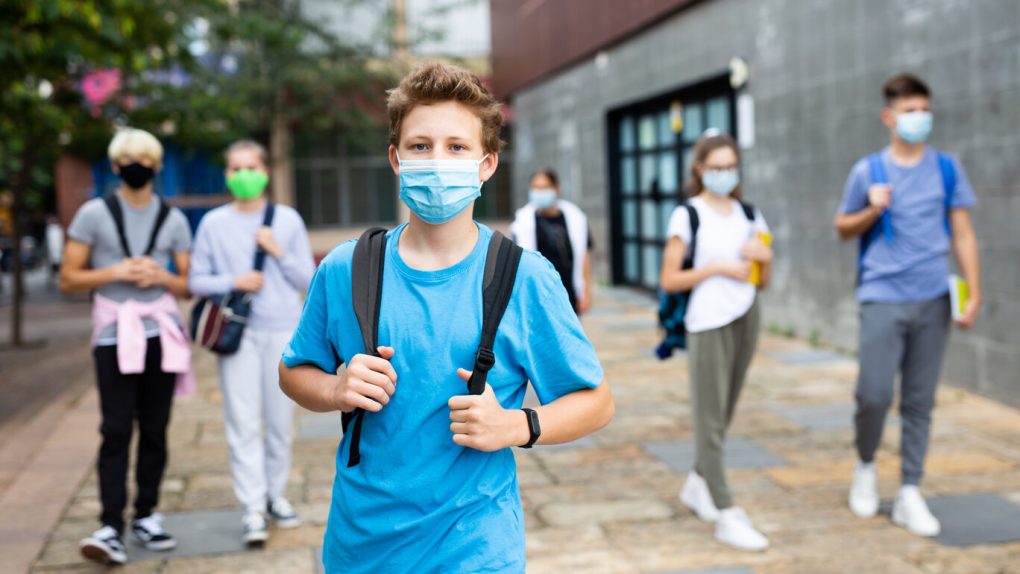- Experts warn that poor ventilation in schools could lead to additional coronavirus outbreaks once schools reopen.
- The CDC, meanwhile, is urging gyms to improve their ventilation systems after dozens of gym-goers came down with COVID-19 after group classes.
Health experts this week have argued that poor ventilation in schools could lead to a new wave of coronavirus outbreaks. Ensuring COVID safety within schools is especially key because kids are typically asymptomatic when infected and, as a result, can unknowingly spread the coronavirus to their parents and the community at large.
While schools are taking steps to ensure that teachers and students wear masks and adhere to social distancing guidelines, experts worry that not enough attention is being paid to poor air circulation. Indeed, poor air circulation is precisely why indoor gatherings have been disproportionately responsible for coronavirus outbreaks across the country over the past few months.
As a result, some experts believe that the CDC needs to take a more prominent role in advocating for improved ventilation systems.
CNN adds:
“The state of ventilation in schools in the United States right now is woefully inadequate,” Richard Corsi, dean of the College of Engineering and Computer Science at Portland State University, told a forum hosted by The Johns Hopkins Center for Health Security at the Bloomberg School of Public Health this week.
“Right now, schools are looking to CDC and they are not getting the answers to the kinds of things we are talking about,” Corsi added. “All of them look to CDC.” Corsi said he has advised schools they need to improve ventilation, and their response has been that there is no specific guidance on the CDC website.
The CDC has, however, urged gyms to take measures to improve overall air circulation. The warning comes after dozens of people at gyms in Chicago and Honolulu contracted the coronavirus after a series of high-intensity workouts.
The CDC notes:
To reduce SARS-CoV-2 transmission in fitness facilities, attendees should wear a mask, including during high-intensity activities when ≥6 ft apart. In addition, facilities should enforce physical distancing, improve ventilation, and encourage attendees to isolate after symptom onset or receiving a positive SARS-CoV-2 test result and to quarantine after a potential exposure to SARS-CoV-2 and while awaiting test results. Exercising outdoors or virtually could further reduce SARS-CoV-2 transmission risk.
At this point, it’s hard to excuse gyms or schools that don’t take measures to improve air circulation seriously. Dr. Fauci, if you recall, discussed how dangerous poor air circulation can be during an interview with JAMA last summer.
“We need to pay a little bit more attention now to the recirculation of air indoors,” Fauci said a few months ago, “which tells you that mask-wearing indoors when you’re in a situation like that is something that is as important as wearing masks when you’re outside dealing with individuals who you don’t know where they came from or who they are.”
The coronavirus can spread more rapidly in close quarters in the absence of proper ventilation, which is why Dr. Fauci and other health experts urged people to avoid traveling home for the Thanksgiving and Christmas holidays late last year. Of course, millions of Americans opted not to listen and the result was an unprecedented surge of COVID infections in early January.







